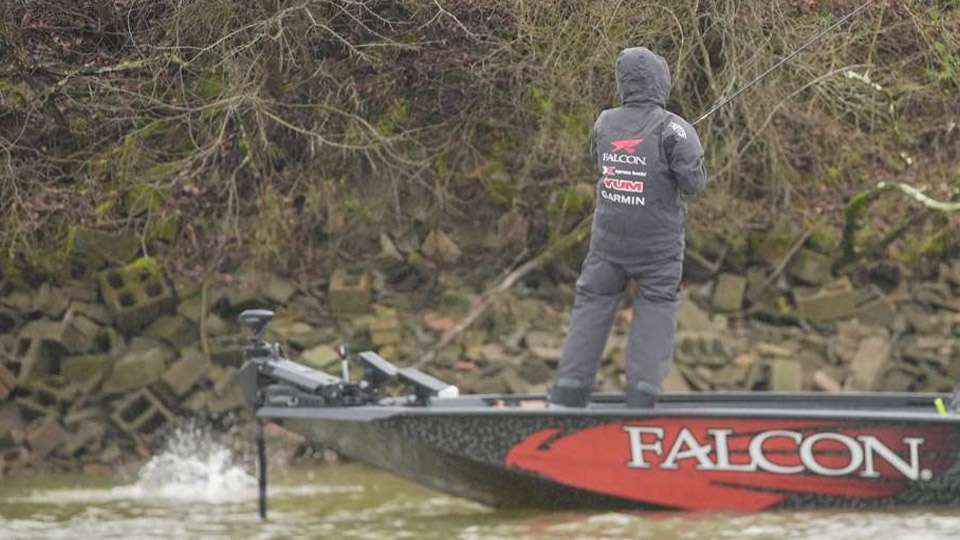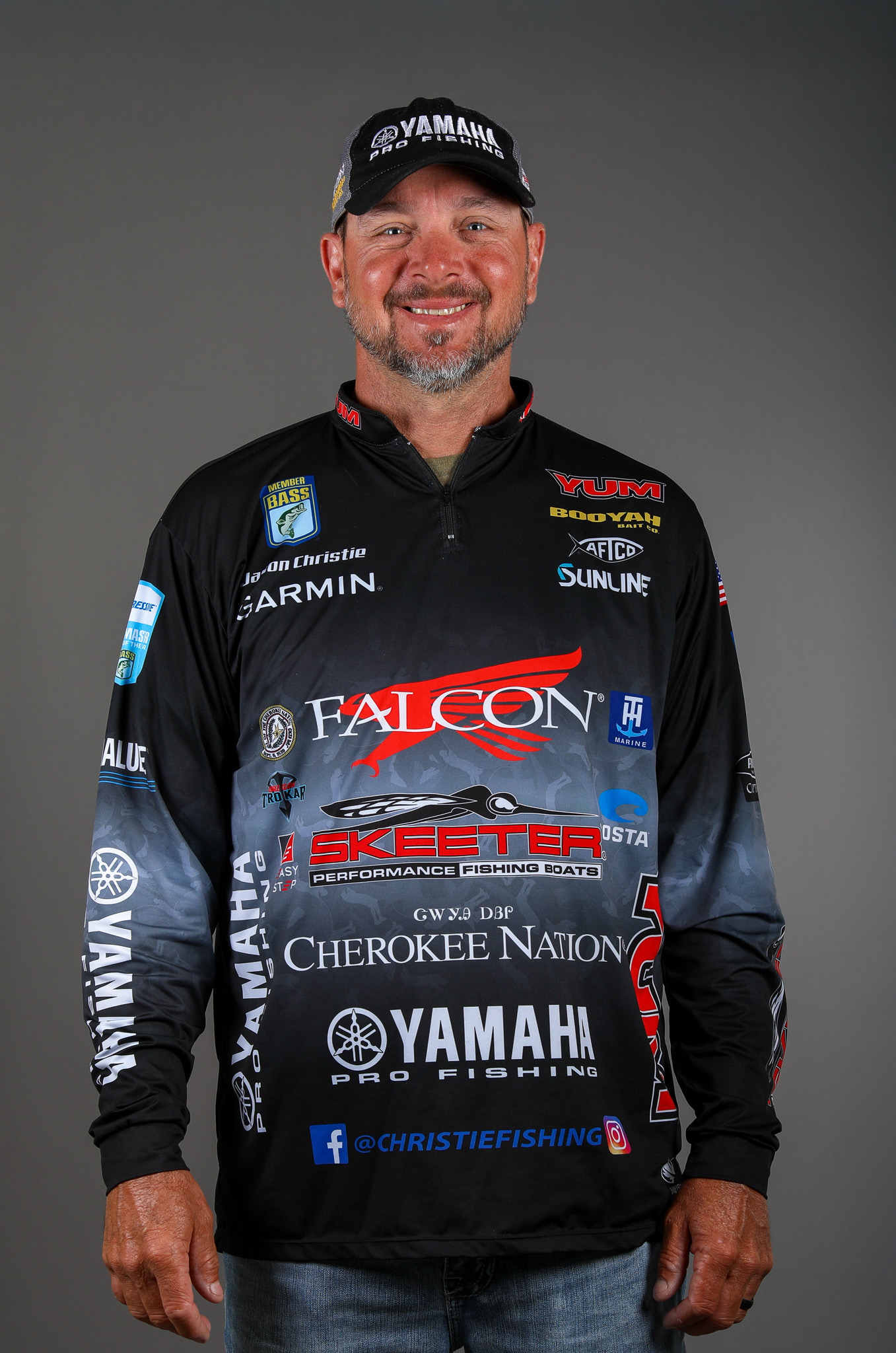
With the spring season just around the corner, and the prespawn transition underway in many of the Southern lakes, the word that comes to my mind is “movement.” The fish know it’s time to get ready for the spawn, so anglers are going to have to stay with the fish as they move.
What I do is draw a line between where I think the fish winter and where they’re going to spawn. They’re going to move somewhere in that area. Depending on the stage of the prespawn, they may position closer to where they winter or they may stage 50 yards from where they’re going to spawn.
There’s a general prespawn stage and then, to me, there are stages of the prespawn. Right now, I’d think most of the Southern fish (with the exception of Florida) are closer to the winter stage of the prespawn; although some fish are starting to move.
From what I’ve seen, there are three things that make these fish move and get their clocks going.
– Temperature: Once the water reaches the upper 40s, the fish know it’s time for that seasonal transition.
– Moon phase: The influence of those full and new moon cycles have a strong effect on the bass. When the temperature’s right, a strong moon phase will spur those fish along their prespawn course.
– Sunlight: I think this is the biggest factor that gets these fish to move. Where I live in Oklahoma, we’ve had three or four days of solid sunshine but the fish aren’t moving.
Once you get a lot of sun, you get some warmer weather and you get a round moon, these fish will travel.
There’s obviously some connection between sunlight and water temperature at the surface, but to understand when the fish will start their prespawn movement, we have to look at how the water changes with the seasons.
In the early winter, that top half of the water column has cooled off, but down deeper it’s still pretty warm from summer and fall. The later in the winter you get, the more consistent the water temperature is from top to bottom.
That’s usually the toughest time to fish – when the water’s cold top to bottom. But once you start getting some sunlight in the early spring, it starts warming that top 4 to 6 feet of water.
That causes the fish to start rising up out of the deeper water and start moving. I think after a long winter like we’ve had, these fish are starving for sunshine.
Look at it this way: If you walk outside and it’s 40 degrees and cloudy one day, and then you walk outside and it’s 40 degrees and sunny, it’s two totally different feelings. It’s still 40 degrees, but it’s just warmer and cozier when it’s sunny.
A jerkbait is such a good bait in the early spring because a lot of those fish just rise straight up, and once they get up in the top of that water column, they start suspending. Here, it’s just an old school Smithwick Rogue and I like a basic shad color.
Next would be a 3/4-ounce Booyah spinnerbait with willow leaf blades. That’s something I can cover a lot of different depths with.
My other choice would have to be a 1/2-ounce Booyah Jig with a YUM Christie Craw trailer. I use the jerkbait and the spinnerbait to find ‘em and then I use the jig to kind of dissect the area.
I’ll go with green pumpkin when the sun’s high and the water’s extremely clear, but even in the early spring, even in clear water, I like a darker jig.
I have no scientific data to back this up, but I think in the early spring, in that 45- to 60-degree water temperature, I don’t think these fish see that well. That’s why bright colored jerkbaits and red lipless crankbaits and black and blue jigs – what I call “loud colors” – tend to work in the early spring.
A lot of these fish have been out there really deep and they haven’t been touched all winter long. So when these fish come to the bank, they’re fresh. They haven’t been fished for, they haven’t been caught and if you can just get a bait in front of them, they’re going to bite it.
They’re hungry and they’re ready to eat.
Editor’s Note: Originally published in 2015





